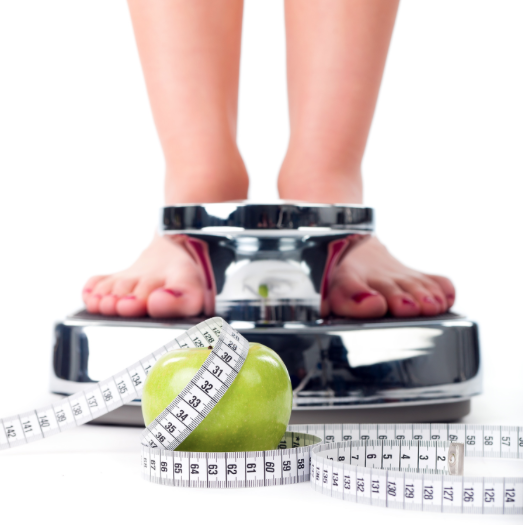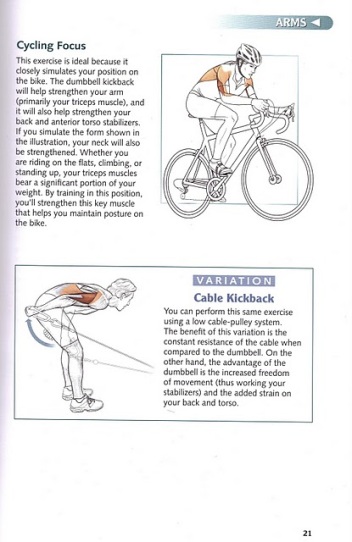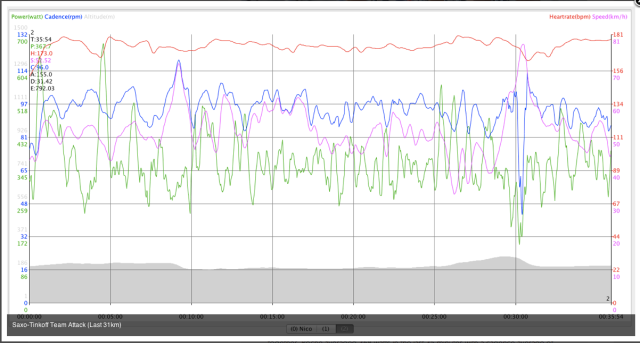You’ve probably heard people blame their weight on a slow metabolism, but what does that mean? Is metabolism really the culprit? And if so, is it possible to rev up your metabolism to burn more calories?
It’s true that metabolism is linked to weight. But contrary to common belief, a slow metabolism is rarely the cause of excess weight gain. Although your metabolism influences your body’s basic energy needs, it’s your food and beverage intake and your physical activity that ultimately determine how much you weigh.

Metabolism: Converting food into energy
Metabolism is the process by which your body converts what you eat and drink into energy. During this complex biochemical process, calories in food and beverages are combined with oxygen to release the energy your body needs to function.
Even when you’re at rest, your body needs energy for all its “hidden” functions, such as breathing, circulating blood, adjusting hormone levels, and growing and repairing cells.
The number of calories your body uses to carry out these basic functions is known as your basal metabolic rate — what you might call metabolism. Several factors determine your individual basal metabolic rate, including:
- Your body size and composition. The bodies of people who are larger or have more muscle burn more calories, even at rest.
- Your sex. Men usually have less body fat and more muscle than do women of the same age and weight, burning more calories.
- Your age. As you get older, the amount of muscle tends to decrease and fat accounts for more of your weight, slowing down calorie burning.
Energy needs for your body’s basic functions stay fairly consistent and aren’t easily changed. Your basal metabolic rate accounts for about 70 percent of the calories you burn every day.
In addition to your basal metabolic rate, two other factors determine how many calories your body burns each day:
- Food processing (thermogenesis). Digesting, absorbing, transporting and storing the food you consume also takes calories. This accounts for 100 to 800 of the calories used each day. For the most part, your body’s energy requirement to process food stays relatively steady and isn’t easily changed.
- Physical activity. Physical activity and exercise — such as playing tennis, walking to the shop, chasing after the dog and any other movement — account for the rest of the calories your body burns up each day. Physical activity is by far the most variable of the factors that determine how many calories you burn each day.

Metabolism and weight
It may be tempting to blame your metabolism for weight gain. But because metabolism is a natural process, your body has many mechanisms that regulate it to meet your individual needs. Only in rare cases do you get excessive weight gain from a medical problem that slows metabolism, such as Cushing’s syndrome or having an underactive thyroid gland (hypothyroidism).
Unfortunately, weight gain is complicated. It is likely a combination of genetic makeup, hormonal controls, diet composition, and the impact of environment on your lifestyle, including sleep, physical activity and stress. All of these factors result in an imbalance in the energy equation. You gain weight when you eat more calories than you burn — or burn fewer calories than you eat.
While it is true that some people seem to be able to lose weight more quickly and more easily than others, everyone will lose weight when they burn up more calories than they eat. Therefore, to lose weight, you need to create an energy deficit by eating fewer calories or increasing the number of calories you burn through physical activity or both.
A closer look at physical activity and metabolism
While you don’t have much control over the speed of your basal metabolism, you can control how many calories you burn through your level of physical activity. The more active you are, the more calories you burn. In fact, some people who are said to have a fast metabolism are probably just more active — and maybe more fidgety — than are others.
You can burn more calories with:
- Regular aerobic exercise. Aerobic exercise is the most efficient way to burn calories and includes activities such as walking, cycling and swimming. As a general goal, include at least 30 minutes of physical activity in your daily routine. If you want to lose weight or meet specific fitness goals, you may need to increase the time you spend on physical activity even more. If you can’t set aside time for a longer workout, try 10-minute chunks of activity throughout the day. Remember, the more active you are, the greater the benefits.
- Strength training. Strength training exercises, such as weightlifting, are important because they help counteract muscle loss associated with aging. And since muscle tissue burns more calories than fat tissue does, muscle mass is a key factor in weight loss.
- Lifestyle activities. Any extra movement helps burn calories. Look for ways to walk and move around a few minutes more each day than the day before. Taking the stairs more often and parking farther away at the store are simple ways to burn more calories. Even activities such as gardening, washing your car and housework burn calories and contribute to weight loss.
No magic bullet
Don’t look to dietary supplements for help in burning calories or weight loss. Products that claim to speed up your metabolism are often more hype than help, and some may cause undesirable or even dangerous side effects. Dietary supplement manufacturers aren’t requlated, so view these products with caution and skepticism, and always let your doctors know about any supplements you take.
There’s no easy way to lose weight. The foundation for weight loss continues to be based on physical activity and diet. Take in fewer calories than you burn, and you lose weight.
Our knowledge is increasing about all of the mechanisms that impact appetite, food selection, and how your body processes and burns food. Your health care provider can help you explore interventions that can help you lose weight.
Why not contact us at our clinic in Galway for a free consultation using theathleteclinic@gmail.com, directly on 087 2453114 or through our social media platform. Stop looking for that magic bullet and start out 2017 on the correct track.






















